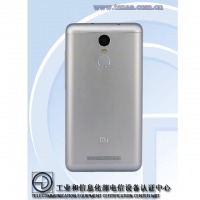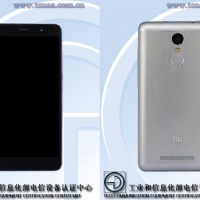
Any sighting or information from TENAA is always good news. It usually means a device will be announced soon and will be available in China. Although there are some units that don’t arrive in the market for some reason, just the mere mention of TENAA excites a lot of people not online in the Chinese market but also in the whole mobile industry.
After the Mi Pad 2 being sighted on Geekbench, another Xiaomi device has been spotted bearing a full-metal body and a fingerprint ID sensor. This is the first smartphone from the company to feature such fingerprint reader on the Xiaomi Redmi Note 2 Pro following those brands who went ahead to release phones with the sensor. Xiaomi seems to be a little more active these days announcing new products if not having their images or information leaked or rumored. Perhaps as a response to its crown being taken by Huawei last quarter, Xiaomi is set to launch more products before 2015 ends.
Xiaomi Redmi Note 2 Pro is very much like the Redmi Note 2. As early as now, we can say that “Pro” means the fingerprint sensor and the full-metal design. It runs Android 5.0.1 Lollipop out of the box. What’s so great about this phone is the price. It still costs below $200—-1,099 Yuan which is about $172. Very affordable for a smartphone that already boasts of a fingerprint ID. The 2GB RAM is okay but a 3GB variant could be better.
This Xiaomi Redmi Note 2 Pro is an upgraded Remi Note 2 released earlier this year. The all metal design makes it premium plus the new specs. Not much details yet but based on the TENAA document, the unit will have 5.5-inch screen with FHD resolution, 13MP rear camera with dual LED flash, 2GB RAM, 2.0GHz MT6795 Helio X10 processor, 16GB on-board storage, 5MP front-facing camera, 3060 mAh battery, and of course, that fingerprint ID. Because of the additional feature, the device is a bit thicker at 8.75 mm (149.98 × 75.96 × 8.75 mm) and heavier at 165 grams. Incidentally, the Xiaomi Redmi 2 Pro was sighted in FCC a few weeks ago, all ready for its US debut.
VIA: GIZMOCHINA
SOURCE: TENAA














